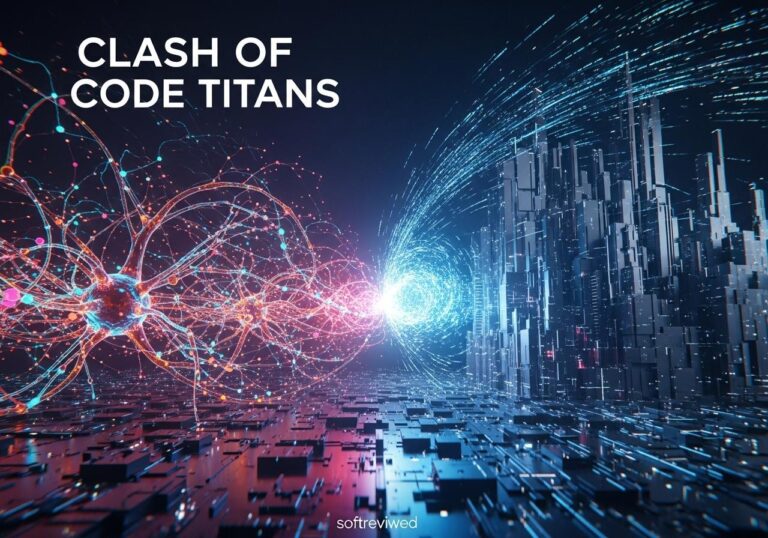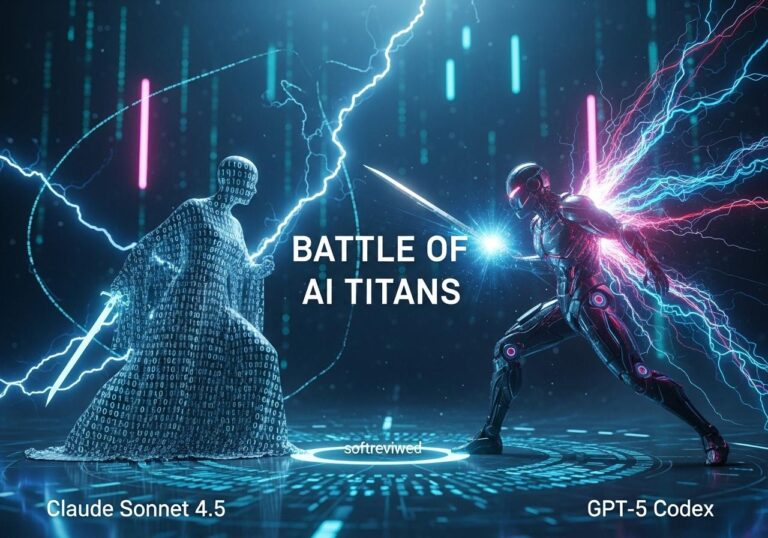🦙 Llama 3.2 Models: AI at the Edge
Discover the next generation of efficient and powerful AI models designed for edge and mobile devices.
🧠 Model Variants
Llama 3.2 introduces small and medium-sized vision LLMs (11B and 90B) alongside lightweight, text-only models (1B and 3B), catering to diverse application needs.
📱 Edge and Mobile Compatibility
Engineered to run efficiently on edge and mobile devices, enabling local processing without cloud dependency for enhanced privacy and speed.
🖼️ Multimodal Capabilities
Support for image understanding and visual reasoning, perfect for image captioning, visual question answering, and creating sophisticated multimodal chatbots.
🏆 Performance and Competition
Competitive with industry leaders like Anthropic and OpenAI, outperforming Google’s Gemma 2 and Microsoft’s Phi 3.5-mini across various benchmarks.
🛡️ Enhanced Safety Features
Incorporates Llama Guard and specialized filters to prevent inappropriate outputs, with optimized models ensuring secure local processing.
🚀 Immediate Availability
Available from day one on platforms like AWS and Hugging Face, with on-device support from Arm, MediaTek, and Qualcomm for widespread adoption.
Meta has recently announced the release of Llama 3.2, marking a significant advancement in open-source AI models. This latest iteration introduces multimodal capabilities and lightweight versions designed for edge computing, potentially revolutionizing how we interact with AI in our daily lives. Let's dive deep into what Llama 3.2 offers, how it works, and what it means for the future of AI.
What is Llama 3.2?
Llama 3.2 is the newest version of Meta's open-source large language model (LLM) series. It builds upon the success of its predecessors, particularly Llama 3.1, by introducing two key innovations:
- Vision-enabled models (11B and 90B parameters)
- Lightweight models for edge and mobile devices (1B and 3B parameters)
These advancements aim to make AI more accessible and efficient across various platforms and use cases.
Vision-Enabled Models: A Leap into Multimodal AI

Capabilities and Performance
The 11B and 90B parameter models of Llama 3.2 are now capable of processing both text and images, marking Meta's first venture into open-source multimodal AI. These models excel in tasks requiring image recognition and language processing, such as:
- Answering questions about images
- Generating descriptive captions
- Reasoning over complex visual data
In benchmark tests, Llama 3.2 has shown impressive performance:
- AI2 Diagram: 92.3
- DocVQA: 90.1
- MGSM (multilingual tasks): 86.9
These scores indicate that Llama 3.2 is competitive with, and in some cases outperforms, models like Claude 3 Haiku and GPT-4o-mini.
How It Works
To enable image understanding, Meta integrated a pre-trained image encoder into the existing language model using special adapters. The training process involved:
- Starting with the Llama 3.1 language model
- Training on large datasets of image-text pairs
- Refining with cleaner, more specific data
- Fine-tuning and using synthetic data generation for improved performance and safety
Potential Applications
The multimodal capabilities of Llama 3.2 open up a wide range of applications:
- Document understanding: Extracting information from documents with images, graphs, and charts
- Visual question answering: Interpreting and responding to queries about visual content
- Image captioning: Generating descriptive text for images
- Enhanced data analysis: Interpreting visual data in fields like finance or scientific research
Lightweight Models: AI at the Edge
Designed for Efficiency
The 1B and 3B parameter models of Llama 3.2 are optimized for use on edge and mobile devices. These lightweight versions offer several advantages:
- On-device processing: Requests can be handled locally, reducing latency
- Enhanced privacy: User data doesn't need to leave the device
- Broader accessibility: AI capabilities can be integrated into a wider range of devices
Technical Specifications
- Support for up to 128K tokens (approximately 96,240 words)
- Optimized for Arm processors
- Enabled on Qualcomm and MediaTek hardware
Use Cases
These efficient models are suitable for various on-device applications:
- Text summarization: Condensing emails or meeting notes directly on a user's device
- Language translation: Providing quick translations without relying on cloud services
- Personal assistants: Powering more capable and responsive digital assistants
- Content moderation: Enabling real-time, on-device filtering of inappropriate content
The Llama Stack: A Complete AI Ecosystem
Alongside Llama 3.2, Meta introduced the Llama Stack, a comprehensive set of tools and resources for developers. Key features include:
- Pre-built APIs: Simplifying interaction with Llama models
- Cross-platform compatibility: Supporting single-node, on-premises, cloud, and edge deployments
- Turnkey solutions: Ready-made setups for common tasks like document analysis
- Integrated safety measures: Built-in content moderation and ethical AI practices
Accessibility and Deployment
Llama 3.2 models are available through various channels:
- Meta's official website
- Hugging Face repository
- Cloud platforms: AWS, Google Cloud, Microsoft Azure, and others
- Local deployment via Torchchat
This wide availability ensures that developers and researchers can easily access and experiment with the models.
Implications for the AI Landscape
The release of Llama 3.2 has several significant implications:
Democratization of AI: By offering powerful, open-source models, Meta is making advanced AI capabilities more accessible to developers and researchers worldwide.
Edge AI acceleration: The lightweight models could spur innovation in mobile and IoT applications, bringing AI closer to end-users.
Competition in the AI space: Llama 3.2's performance benchmarks suggest it could be a strong competitor to proprietary models from companies like OpenAI and Anthropic.
- Ethical considerations: As with any powerful AI model, the release of Llama 3.2 raises questions about responsible use and potential misuse.
Looking Ahead
While Llama 3.2 represents a significant step forward, it's clear that the field of AI is evolving rapidly. Future developments may include:
- Further improvements in multimodal understanding
- Even more efficient models for edge computing
- Enhanced safety measures and ethical guidelines
- Integration with other emerging technologies like augmented reality or the Internet of Things
How is Meta’s Llama 3.2 Influencing Military Applications in China?
Meta’s Llama 3. 2 is making waves in military applications, particularly as china’s military leverages llama ai technology. This advanced AI model enhances data analysis, predictive maintenance, and strategy development, helping to streamline operations and improve decision-making processes. The integration of such technology showcases the potential of AI in modern warfare.
Conclusion
Llama 3.2 marks a significant milestone in the development of open-source AI models. By combining multimodal capabilities with efficient, edge-friendly versions, Meta has pushed the boundaries of what's possible with publicly available AI. As developers and researchers begin to explore and build upon these models, we can expect to see a new wave of innovative AI applications that are more capable, accessible, and integrated into our daily lives than ever before.
The release of Llama 3.2 is not just a technological achievement; it's a step towards a future where AI is more open, versatile, and ubiquitous. As we move forward, it will be crucial to balance the exciting possibilities with thoughtful consideration of the ethical implications and societal impacts of these powerful tools.







